Hugging Others And Hugging Yourself Leads To Healing

When I was growing up, I had a teddy bear called ‘Fete Day’. My great aunt won him for me at our village fete when I was one year old. That day, I received Fete Day… And also my diagnosis of Type 1 Diabetes. Fete Day was by my side during my stay in hospital and was with me throughout the whole of my childhood. I loved him until his leg fell off and had to be ‘operated on’ (sewn back into place!) by my mum. To me, that bear was, and still is, ‘real’. (If you’re not sure what I mean by ‘real’… Please, please, please read the Velveteen Rabbit. It’s an absolutely beautiful book!)
I never used to like being hugged. Fete Day was the exception. He was a safe option. Thankfully, I came from a family where hugs were generally not high on the priority list and certainly didn’t feature in my daily life. I felt safer when I wasn’t hugged. This is unlikely to be without consequences, though.
The Psychobiology Of Hugging
The act of hugging produces a series of psychobiological effects in the body. Primarily, it releases the peptide oxytocin, which is responsible for facilitating social interaction and wellbeing, as well as reducing the stress hormone cortisol.
Regular hugging and touch is also essential in early childhood to facilitate the proper development of the vagus nerve. The vagus nerve is a nerve that runs from the head to the gut. It is the main component of the parasympathetic nervous system, which contributes to a wide range of bodily functions, including digestion and regulating heart rate.
So, without hugging in early childhood, and then into adulthood, the body will be rife with raised cortisol levels, poorer digestive function and inhibited social functioning.
Type 1 Diabetes And The Fear Of Touch
As I have worked on my healing and investigated my internal world, something has become clear to me about my aversion to hugging. I believe that my unwillingness to engage in this social norm is easily explained when you look at my experiences through childhood. In my life, human touch was often followed by sharp pain as the needle of the next syringe went into my bodily tissue or the next finger-prick was required for blood testing. The vast majority of interactions of touch followed this pattern. Therefore, the association of touch with pain was strengthened everyday in my mind. The next touch would most likely cause the next serving of pain. Touch became physically, and emotionally, painful to me.
‘Social Defensiveness’ And Type 1 Diabetes
The medical community have come up with some names for this response. Firstly, there is ‘sensory defensiveness’, where a person (adult or child) reacts with a strong ‘fight-or-flight’ (or ‘freeze’) response to a stimulus or sensation that most people wouldn’t consider threatening. Touch is one of these sensations.
Secondly, there is ‘haphephobia’. This is when the aversion to touch has become so marked that it develops into a full phobia. People with haphephobia will have strong fear or anxiety when thinking about being touched. This will demonstrate itself physiologically with an increased heart rate, sweating, hot flushes, tingling and other fight-or-flight symptoms. Social situations became near impossible for these people and life can become extremely difficult.
I don’t for one second think I have haphephobia but sensory defensiveness feels appropriate. For years, when someone came towards me for a hug, I would brace my body and hunch my shoulders. My breathing rate would slow or stop. I would turn side-on so that the person ended up hugging my side, rather than my vulnerable chest area. My whole body had effectively gone into a paused mode, a freeze response.
Medical News Today states that haphephobia can be caused by experiencing a traumatic event that involved being touched. I believe the continuous onslaught of invasive medical treatments, at an age when I could not understand, would have created such a ‘little t’ trauma that resulted in a strong aversion to touch.
Healing A Hugging Aversion
The turning point for me in hugging career(!) came when I attended the Hoffman Process. This process was life-changing for me. Whilst I will not be going into the details of what the process involves (I wouldn’t want to ruin the fun if you haven’t done it yet!!), I will say that it completely transformed my ability to hug. I learnt to feel safe in a hug.
I still cannot face being hugged, or touched in any way, when I am angry or extremely upset. When my fight-or-flight response is activated, hugging is off the agenda. But, normally, I now happily welcome hugs from friends and family. When I hug now, I feel this initial moment when my body is tense and my breathing subsides. But, if I wait maybe just five or ten seconds, I feel my whole system relax as this wave washes over me. It’s like my whole body is giving a long, slow exhale or sigh.
My self-observation of this effect is actually supported by scientific research. This study shows how many forms of physical touch, including hugging, is associated with lower blood pressure, lower heart rate, and higher oxytocin levels.
Hugging In COVID Times
Have you seen ‘The Minimalists: Less is Now’ on Netflix? The Minimalists are two guys, Joshua Fields Millburn and Ryan Nicodemus, who promote the idea of living a good life with less stuff. I love that!
In their documentary, there is a scene where they explain that they are ‘huggers’. They like to hug, rather than shake hands when they meet people. (I assume this was filmed in pre-COVID days!). This scene got me thinking about how they have so successfully implemented a robust hugging schedule(!) in their lives without having to either add it to their to-do list or count their hugs to ensure they have hit a hugging minimum for the day. It just simply is… ‘See a person, hug them’!
I’d love to employ the same strategy, knowing that it is contributing to my health, healing and happiness so effectively. But, in these current COVID times, I’m not sure it’s the wisest idea for a diabetic. It certainly comes with additional risks!
Hug Yourself!
Firstly, I intend to hug, and hug often, everyone I live with (as long as they don’t test positively for COVID or start exhibiting symptoms!), including my dogs! I’m sure they will benefit from this as much as I will.
Secondly, I can hug myself. This study has found that, like hugging others, self-hugging releases the love hormone oxytocin and also produces anti-stress effects, such as reduced blood pressure and cortisol levels. It also improves the function of the gastrointestinal tract. In other words, it takes the body from a state of ‘fight-or-flight’ to one of relaxation… And relaxation is where the healing takes place.
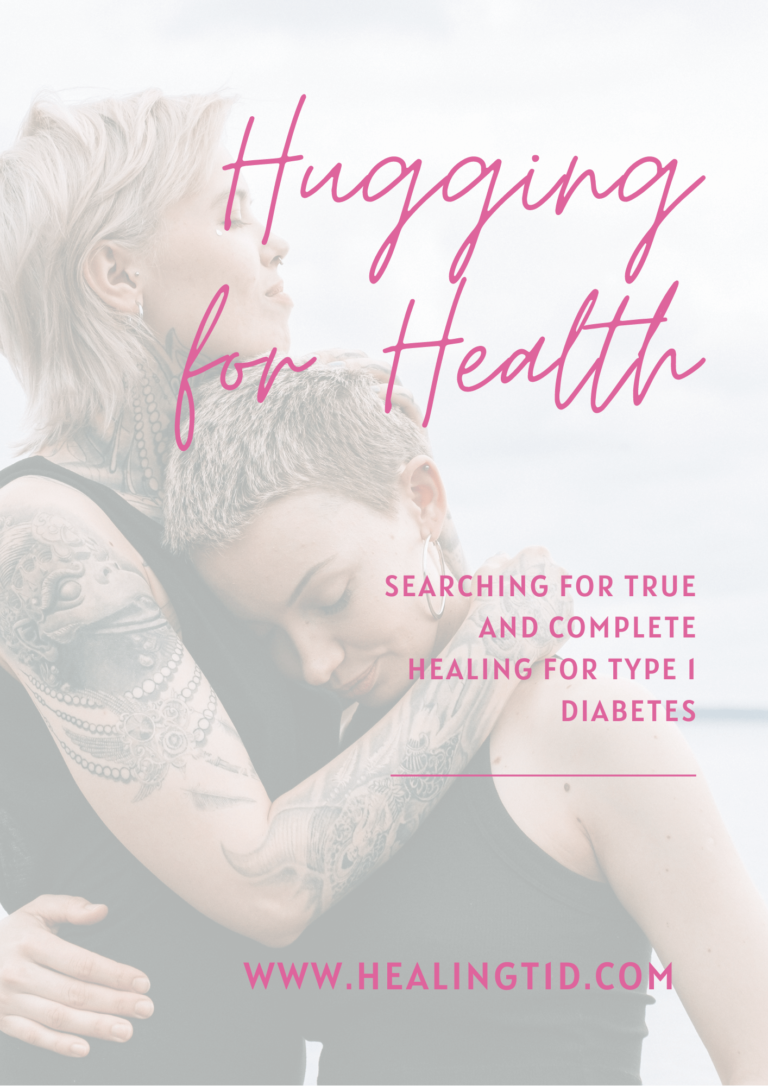
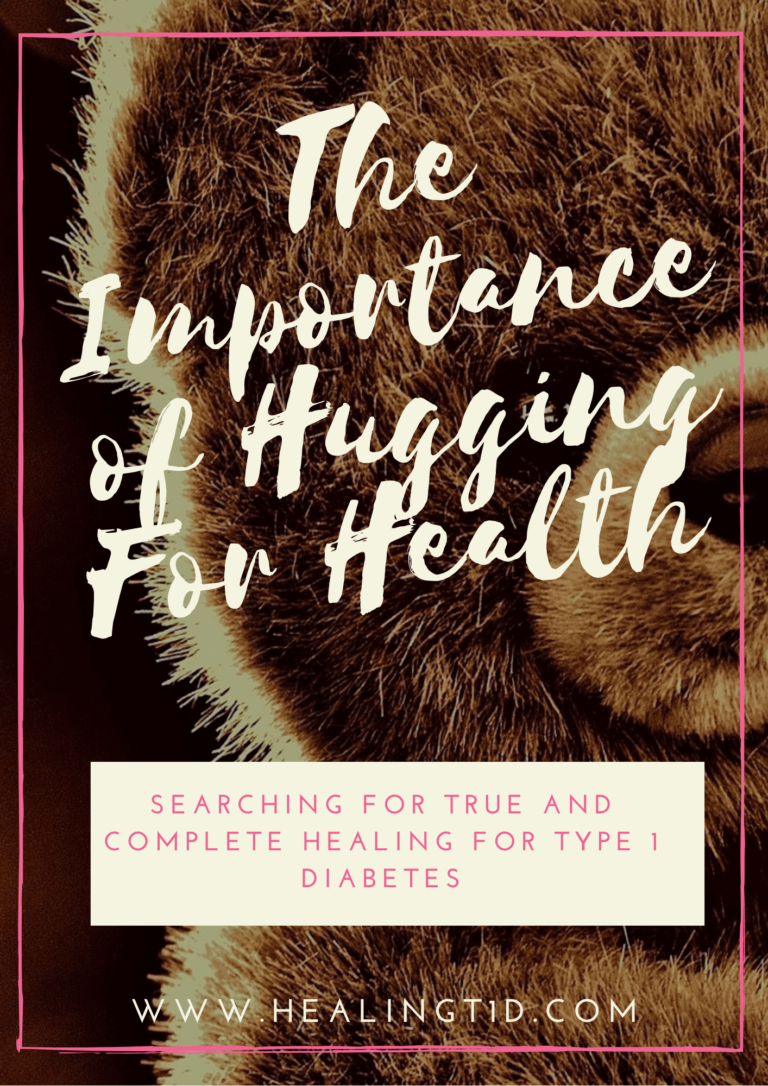

GET HEALINGT1D’S FUTURE ARTICLES IN YOUR INBOX!
Get the latest musings and findings straight to your email inbox.

Natalie is a blogger with Type 1 Diabetes. Natalie’s special gifts are questioning the status quo and being a rebel. She is using these gifts to question medical ‘knowledge’ and find a true cure for Type 1 Diabetes.

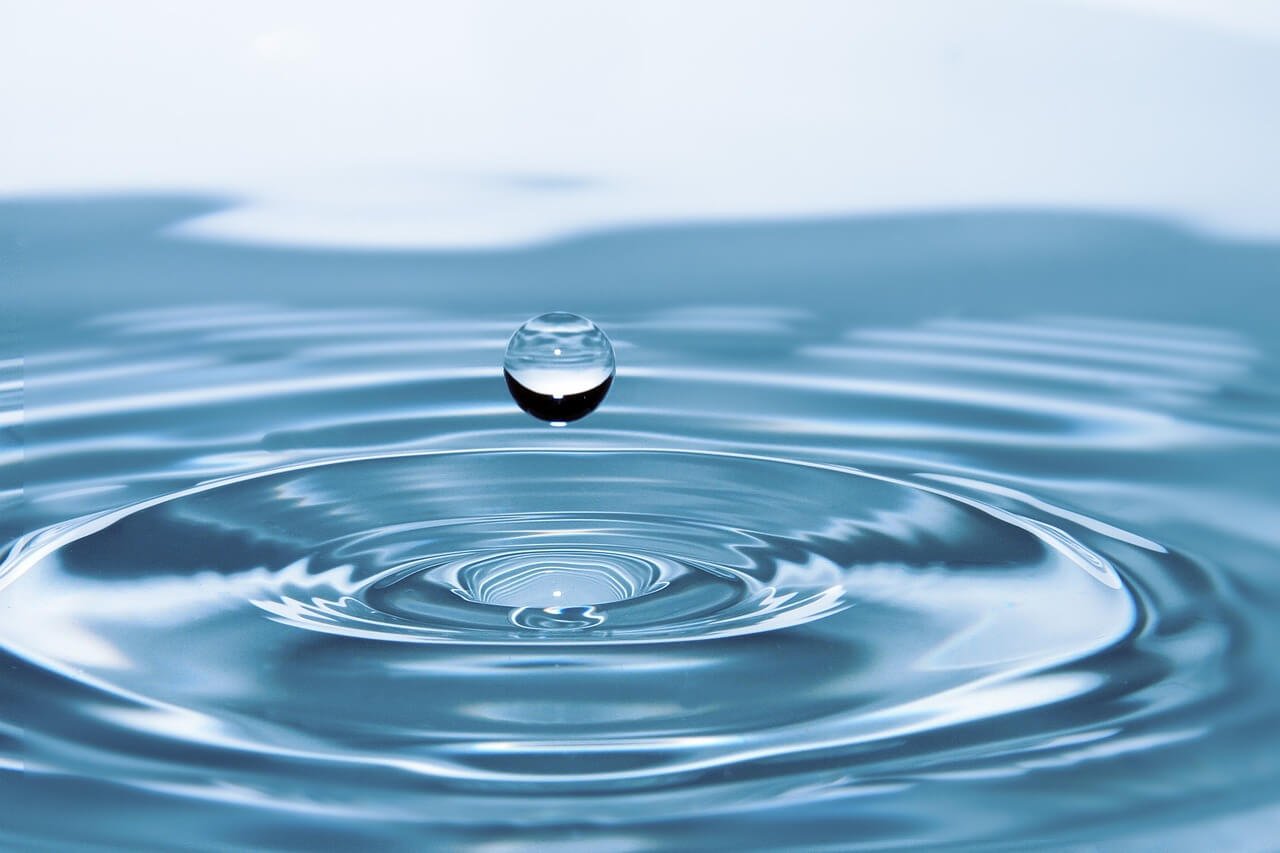
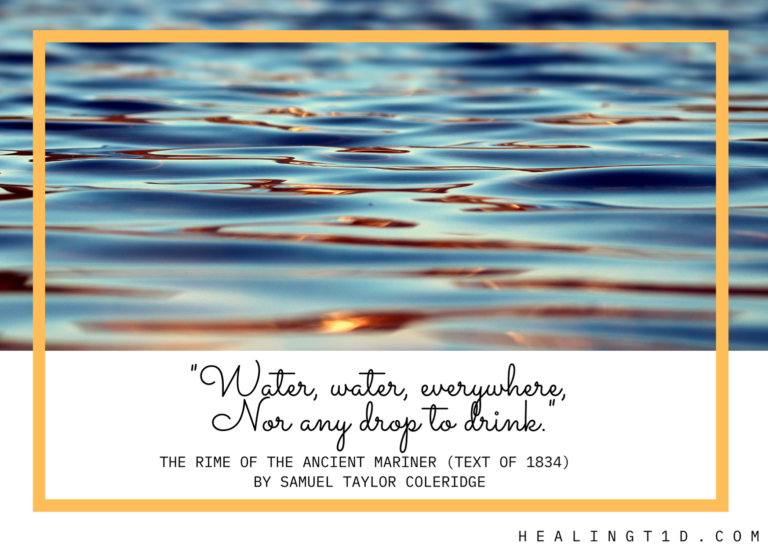
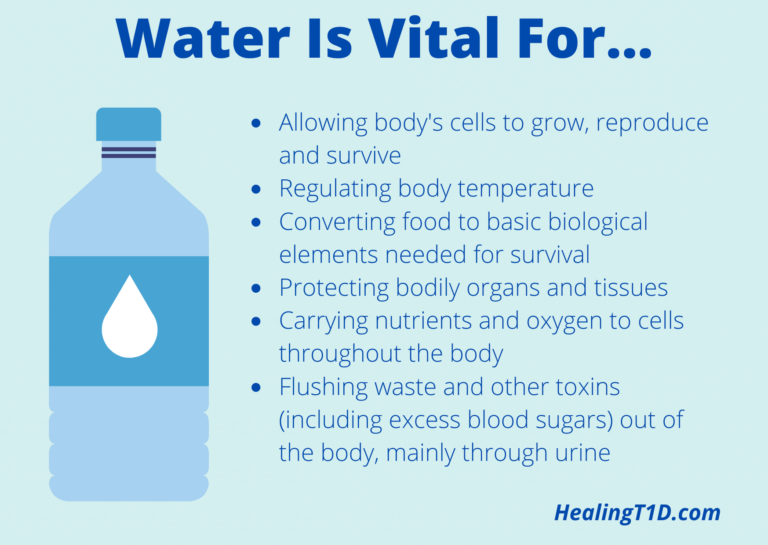
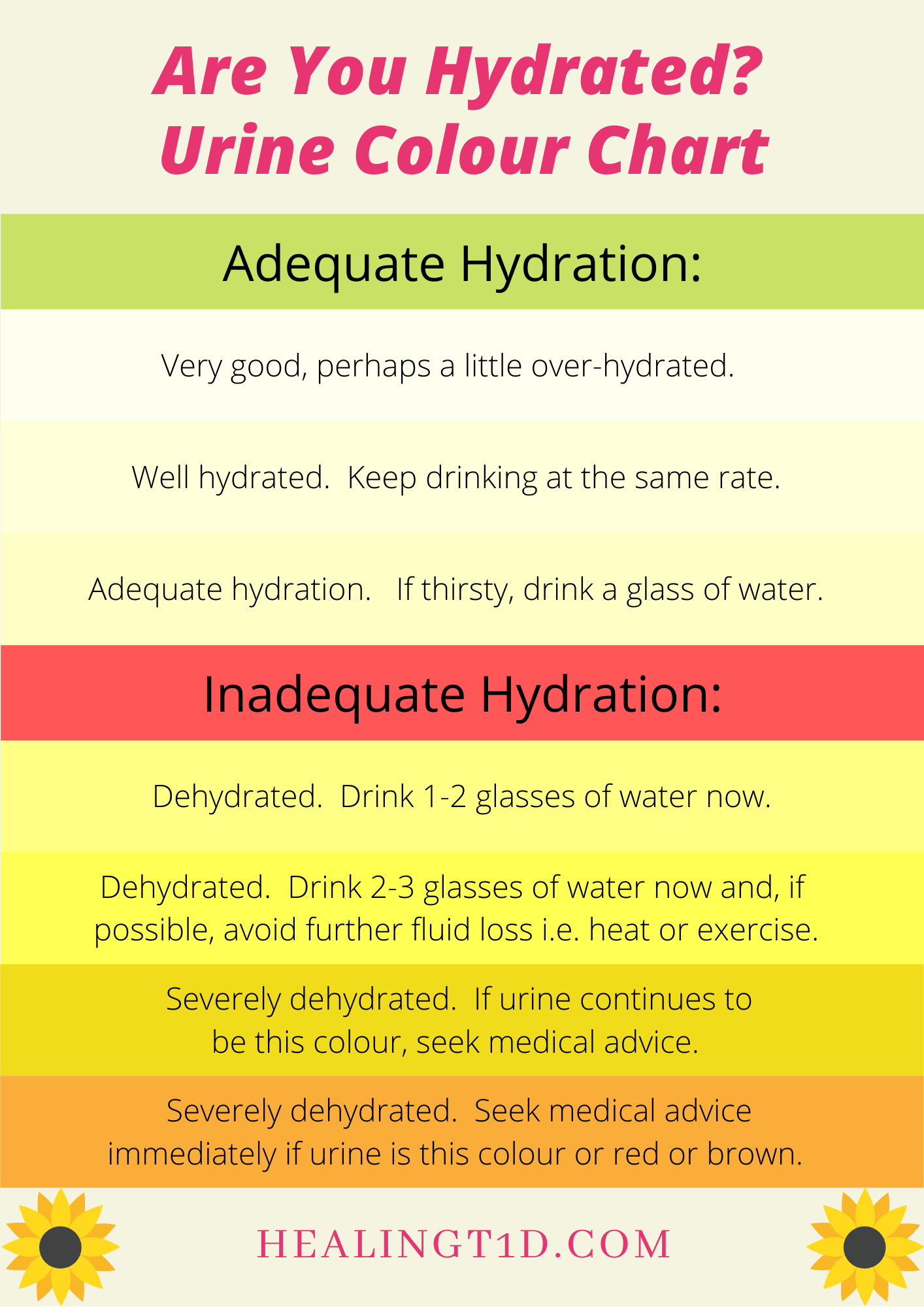
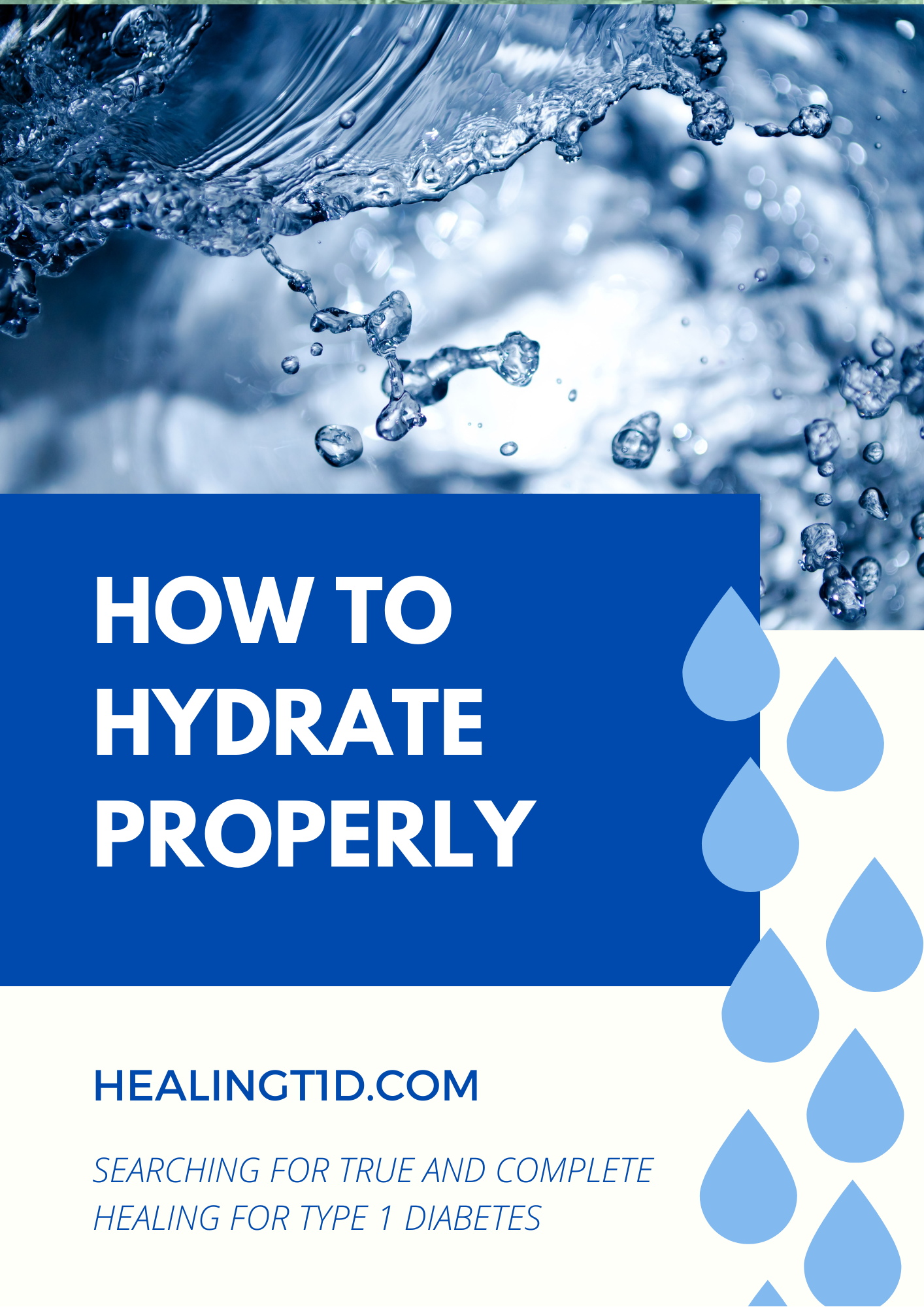

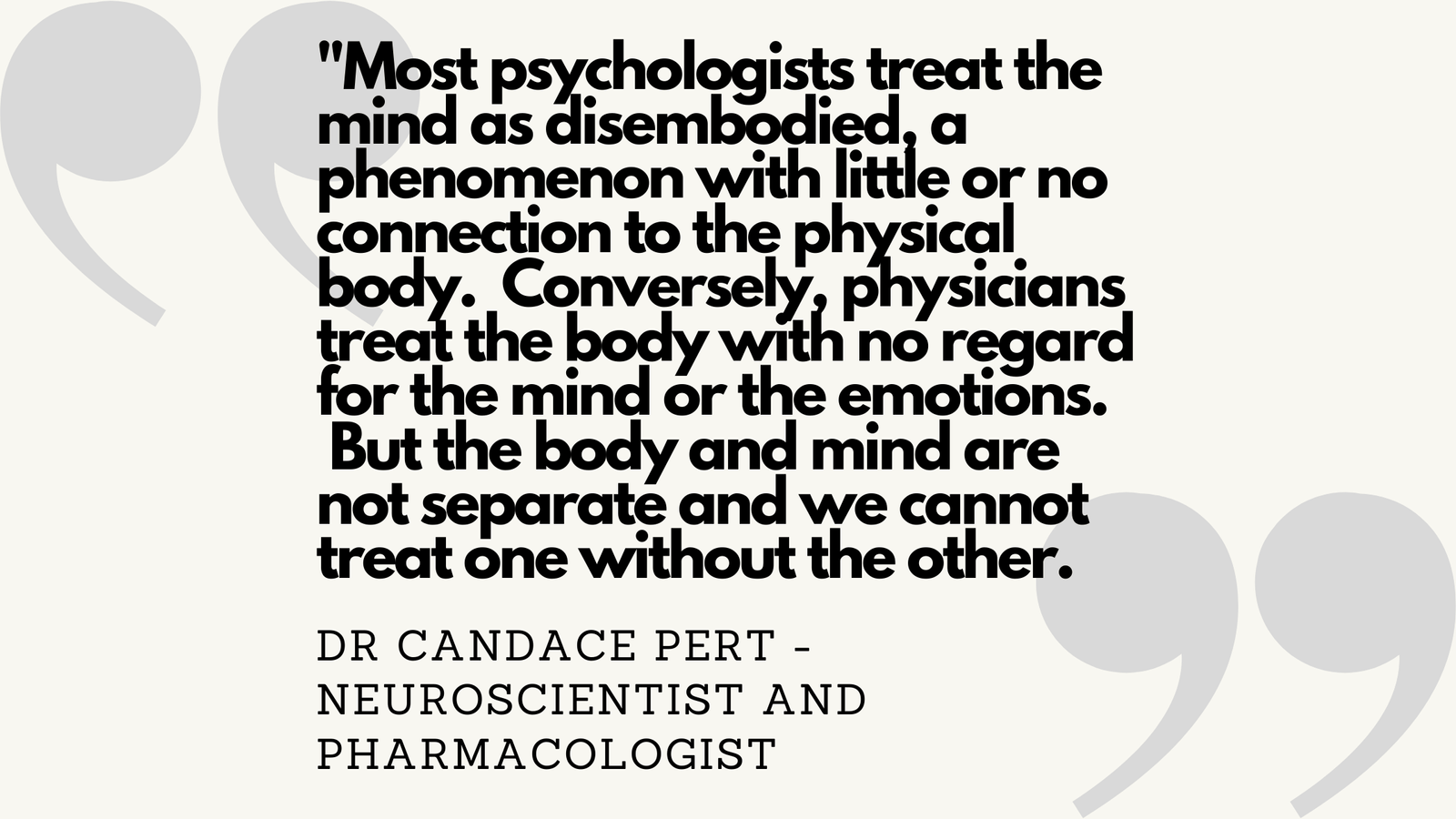
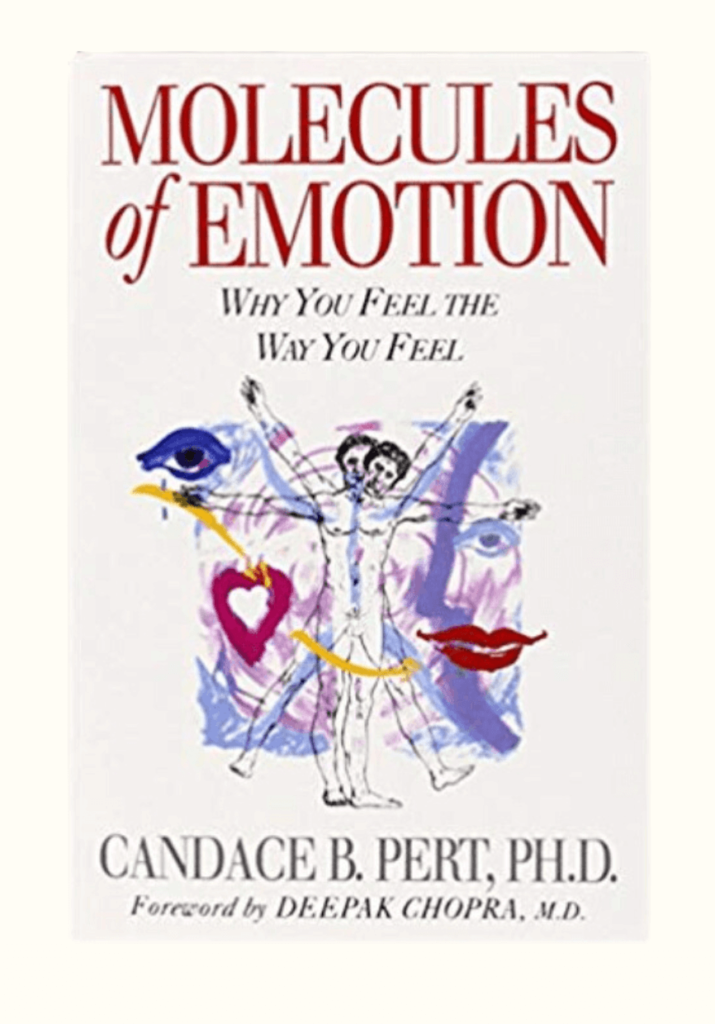
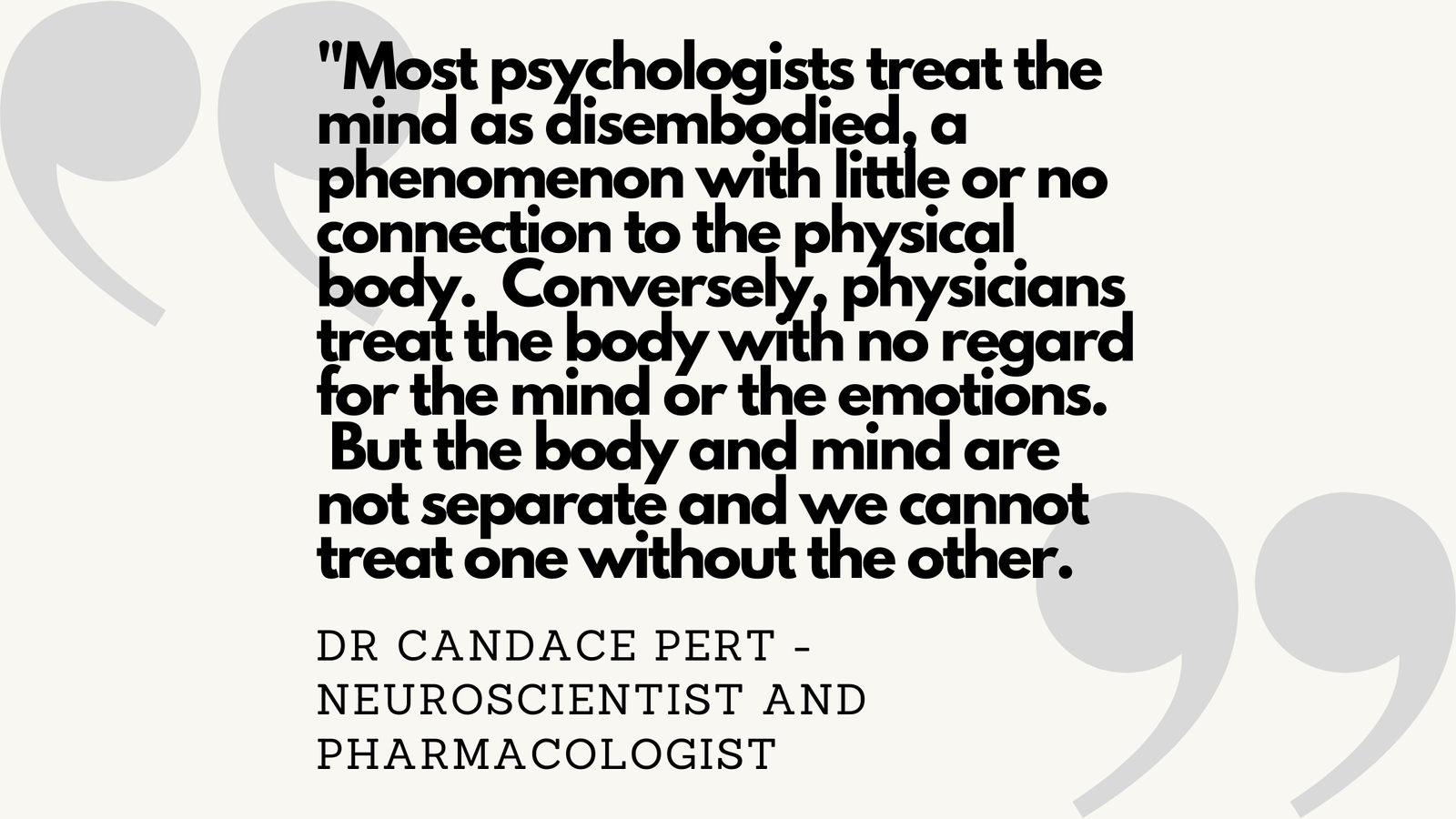

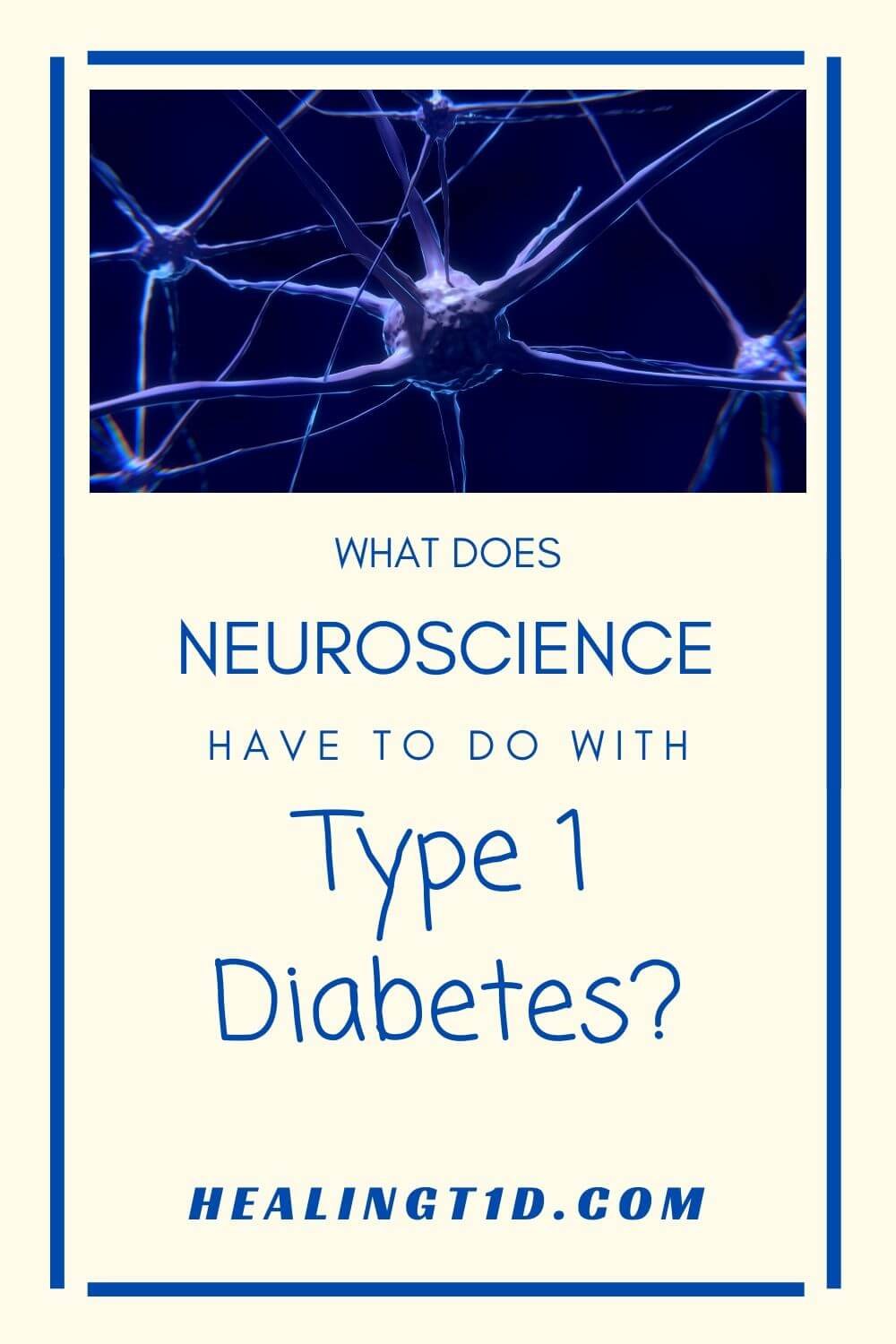
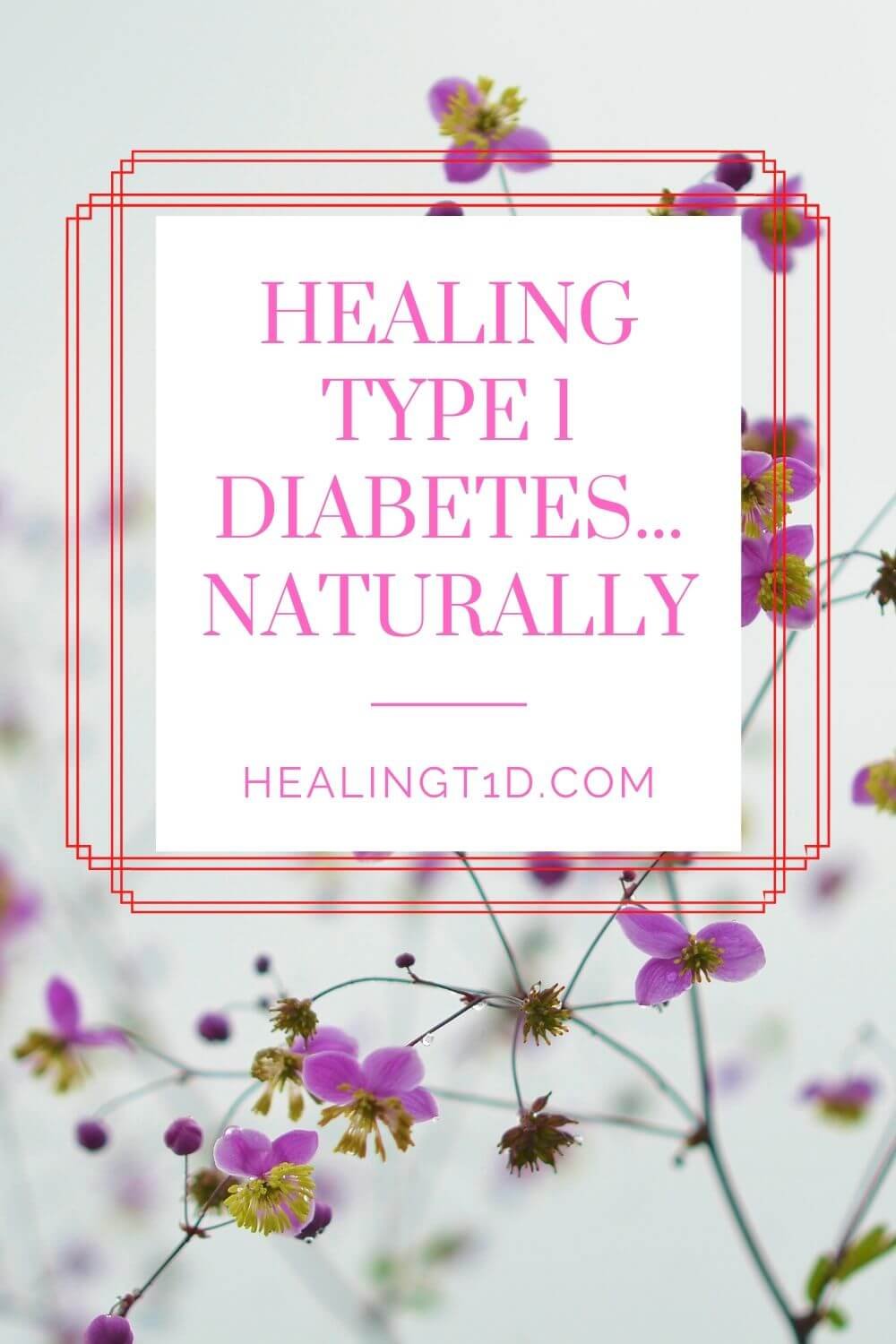
Recent Comments: